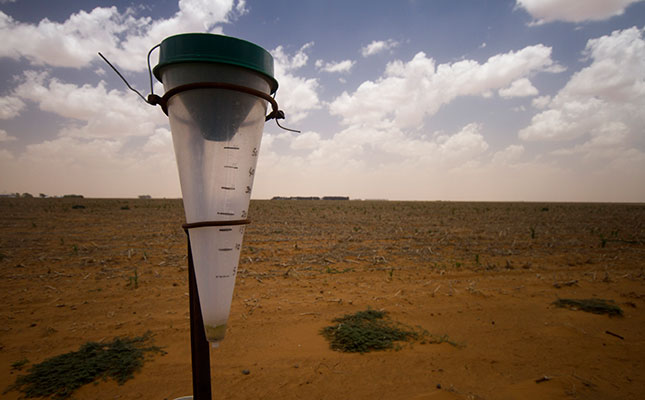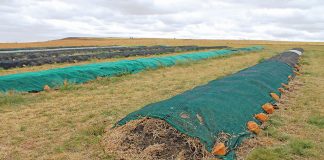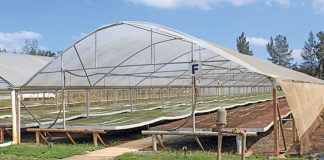
A research report by the Public Affairs Research Institute on the financial state of South Africa’s municipalities shows that the large majority of municipalities in South Africa are not even equipped to plug a few potholes, never mind respond to large-scale disasters such as regional droughts.
READ Water problems: why SA’s farmers face multiple risks
According to the report, around 30 municipalities were in a state of almost total collapse, while many faced operational and financial challenges, and more than 100 had unfunded budgets in the last financial year.
To understand how weak municipalities have exacerbated the degree to which people are suffering, take the Tzaneen Dam as an example.
Farmer’s Weekly previously reported how the current drought has resulted in the water level of the dam dropping to about 7% of full capacity.
However, the situation has been made worse due to delays in raising the dam wall, which has led to the dam currently being capable of holding only 60% of its maximum capacity.
Moreover, the Mopani District Municipality only began implementing water usage restrictions when the situation was already at crisis level.
READ Strong support for drought care boxes for farmers’ wives
In the same issue, Farmer’s Weekly ran an article detailing how residents of Adelaide in the Eastern Cape were struggling to cope with the area’s worst drought in over a century.
Failure by the Amathole District and Raymond Mhlaba Municipalities to maintain and improve water supply infrastructure, and to react to the drought in a timely manner, was to blame for how serious the crisis had become.
According to Ernie Lombard, a proportional representative councillor in the Raymond Mhlaba Municipality, the Adelaide Dam was at 1% before local authorities “woke up”, and even then, there was little they could do due to a lack of available funding.
It’s not certain yet if the main crop production regions in South Africa will receive enough rainfall this summer to avert another disastrous harvest.
The latest Seasonal Climate Watch, published by the South African Weather Service, offers mostly uncertainty for the summer rainfall areas.
What is absolutely certain, however, is that in the absence of serious intervention to improve how municipalities are run, the water situation in our country will spin out of control in a way that will make our electricity crisis pale in comparison.
At the recent Agri SA 2019 Congress in Pretoria, Minister of Human Settlements, Water and Sanitation Lindiwe Sisulu admitted that some municipalities don’t have the political will to improve water supply services, while some suffered as a result of skills shortages.
She undertook that those municipalities that continued to fail to provide adequate water services would be taken to court.
Let’s hope the minister keeps her word. The alternative is too miserable to contemplate.












